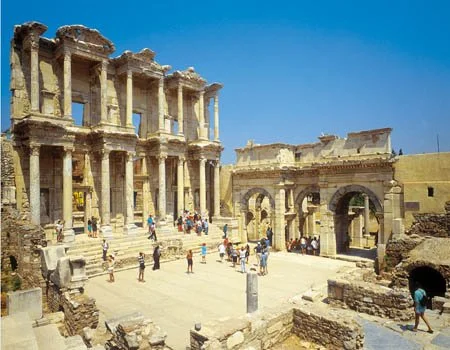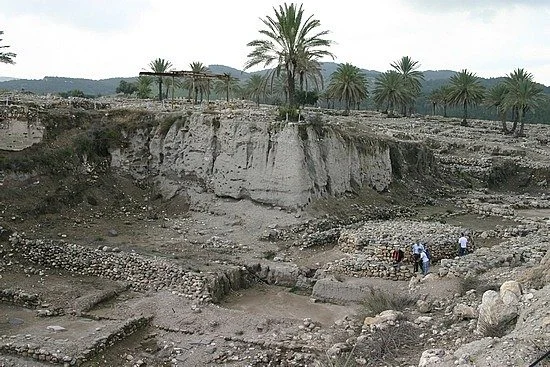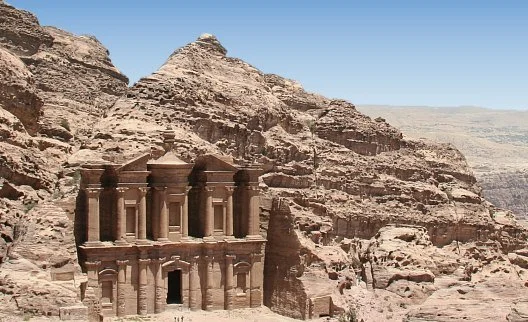Historical Notes on Ephesus (1)
(Acts 18:19-19:1; 20:31; Ephesians; 1 Tim. 1:3; 2 Tim. 1:16-18; 4:14-19; 1 Cor. 15:32; Rev. 1:11; 2:1-7)
INTRODUCTION:
Historians use terms to describe the ancient city of Ephesus like “the supreme metropolis of Asia” which reflects evidence of a highly developed city. By the time of the New Testament it was a city that had become a cultural and religious memory, a yesterday romance, not unlike Paris in the modern world. Filled with the symbols of greatness, but struggling in the economics of a changing world and a troublesome silting harbor, the bustling city continued to play a significant role, but was fading with time.
LOCATION and POPULATION
Location: Ephesus was constructed on a river bend, that was eventually dredged into a full harbor near the mouth of the Cayster River, on the western coast of Asia Minor (modern Turkey. Along the coastal plain between Smyrna to the north and Miletus to the south, the site is now about six miles from the Aegean Sea. The city shifted in five distinct locations over time, each within a small area. The Apostles Paul and John were familiar with the city that scholars have dubbed “Ephesus III” – the largest (in area) of the five. The areas where Ephesus is located are as follows:
Ephesus I: Aya Suluk (St. John Area); Ephesus II: Artemission area; Ephesus III: Port of St. Paul: base of Mount Koressos; Ephesus IV: north of Aya Suluk; Ephesus V: Selçuk area.
Because of the man-made harbor structure and the flow of the river, a backwash flow caused the harbor to frequently silt up (by 449 BCE we already read of problems documented about the silting. Later, Eusebius records that Ephesus honored Emperor Hadrian for dredging and making navigable the harbor). When cleared, Ephesus was in a location that justified a great seaport. The city sat at the convergence of three land routes with a shipping lane from the north via the channel created by the Island of Chios and an opening facing the cities of Macedonia. The land routes that converged on Ephesus included: 1) The Colossae / Laodicea road (travelling east), 2) The road to Sardis and Galatia (northeast), and 3) The Smyrna (north) main road.
Posted onJuly 15, 2008 AuthorRandall Smith



